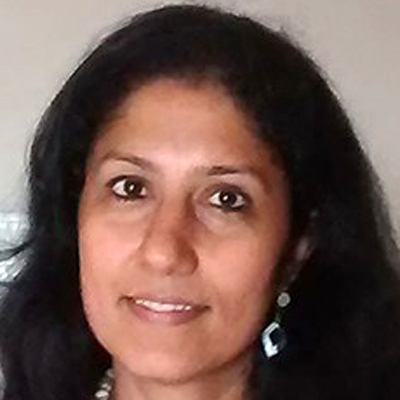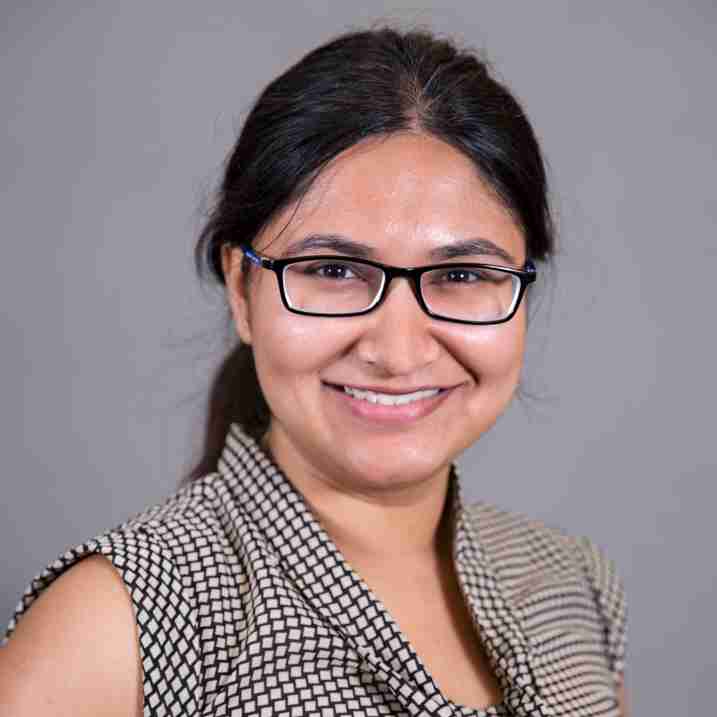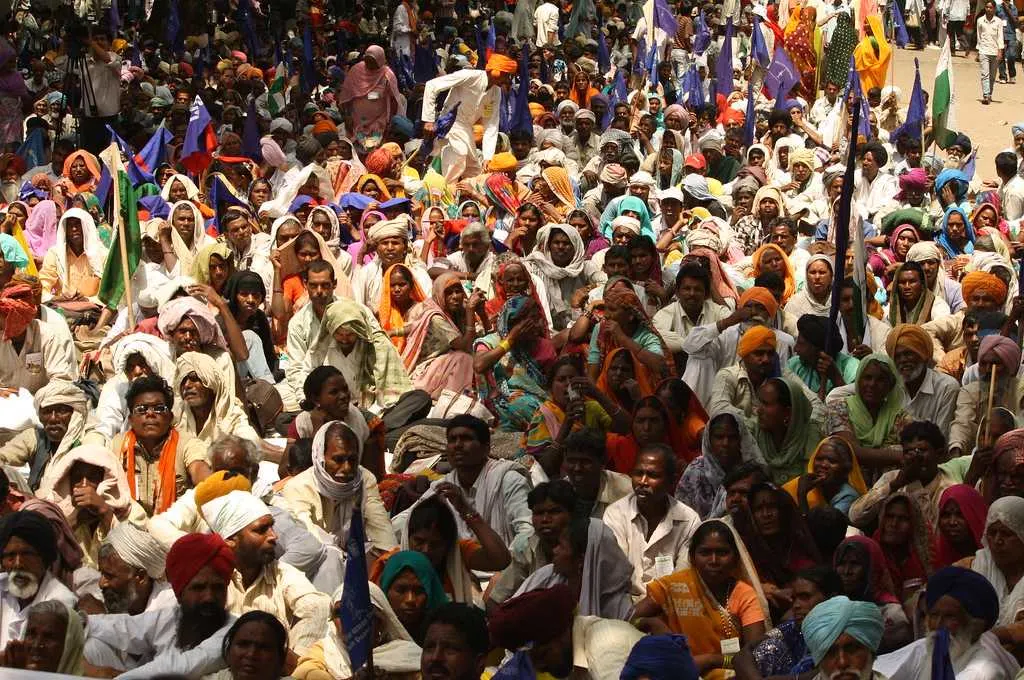Since its humble beginnings 22 years ago, Jan Sahas has become one of India’s foremost nonprofits working with marginalised social groups to embody the meaning of its name—people’s courage. “We have helped more than 46,000 women leave the inhuman practice of manual scavenging; provided social, legal, medical, and mental support to 28,000 survivors of sexual violence; and prevented 7,276 others from turning to sex trafficking,” says co-founder Ashif Shaikh.
In 2020, at the height of the COVID-19 pandemic, Jan Sahas formed a collaborative to provide relief to more than 2.8 million migrant and other vulnerable communities in 98 districts of 15 states across India. “This momentum comes after 20 years of struggling to fundraise for indirect expenses and investments in organisational development,” adds Ashif, who gave us access to his experiences and helped to shape the findings in this article.
Today, Jan Sahas’s financial strength stands in sharp contrast to the struggle for true costs that continues to be the reality for most organisations.
A survey of nonprofits in India for the Pay-What-It-Takes India (PWIT India) initiative—a collaborative effort that aims to build a stronger and more resilient social sector in the country—revealed the extent of chronic underfunding.
At the time of the survey in September 2020 (six months into the pandemic), 54 percent of the 388 respondents had less than three months of financial reserves—a steep rise from 38 percent of respondents prior to the pandemic. Eighty-three percent also reported struggling to secure coverage of indirect costs, that is, administrative expenses not tied to a specific programme.
Against this fragile backdrop, some organisations faced an even more acute financial crisis. Those with leaders from historically marginalised communities, including Dalit, Bahujan, and Adivasi (DBA) communities, are not just struggling for true costs, but also to simply survive. “Recently, in a meeting with many such grassroots nonprofits, I found that most of them were struggling to pay a basic salary for the work their leaders put in,” Ashif recalls.

A number of factors contribute to undermining financial support for organisations headed by people from excluded communities, Ashif explains. At the national and international levels, donors are interested in big societal problems such as health, education, and livelihoods, and they structure their grantmaking systems and processes to solve these problems. This approach pays little or no attention to participation from marginalised communities and the nuances of solutions that emerge from them. As a result, “Mostly large nonprofits with English-speaking staff are able to access these grants, bypassing small organisations doing ground-level work on immediate needs and trying to solve localised problems,” he says.
Small nonprofits that manage to secure grant money also struggle to cope with the administrative and compliance burden imposed by donors and the state. These organisations are not able to hire the required financial management staff to meet these requirements, says Ashif. “It’s a catch-22 that is choking inclusive social leadership and entrepreneurship.”
The PWIT India research underscores the severity of this problem. It found that nonprofits led by members of DBA communities, or those based in rural areas or non-metro cities of India, fared much worse than other nonprofits on two key indicators of financial health: months of operating reserves and number of operating surpluses over the past three years.
Seventy percent of organisations led by members of DBA communities did not report any operating surplus in the past three years (as of September 2020), compared to 45 percent for non-DBA-led nonprofits. Sixty-six percent of non-metro and rural organisations reported no operating surplus in the preceding three years, compared to 39 percent of organisations based in eight major cities. “These are staggering gaps,” says Ashif. “The data supports what a lot of us have experienced and observed at the grassroots level.”
What funders can do differently
PWIT India’s research also recommends altering grantmaking practices to address the chronic financing problem most organisations face. Some ways of doing this include developing multiyear funder–nonprofit partnerships, closing the indirect-cost funding gap, investing in organisational development, and building financial reserves. Guiding this work, funders should commit to the principles of diversity, equity, and inclusion. This will bring changes to policies and procedures around true costs, which in turn will enable a greater flow of funds to organisations led by members of DBA communities.
Sachin Sachdeva, director of the Paul Hamlyn Foundation’s India programme, explained the benefits of the foundation’s equity approach to funding more grassroots organisations. “By virtue of living and working with communities, nonprofits have a much better understanding of what the ground reality is like for them. As a result, they know how best to prioritise needs and find immediate solutions to pressing problems.”
“Many nonprofits, including most of the ones in our portfolio, have people from the communities as members of their board, core group, or staff,” Sachin wrote. “This allows for an unmatched level of insight into what the communities need, and how the programme is serving those needs.”
Most funders, however, do not know whether their grantees’ leadership teams reflect the communities they serve. Only 5 percent of the funders responding to a Bridgespan survey in late 2021 and early 2022 said they track the leadership composition of grantee organisations serving marginalised communities. Nor did funders report tracking whether grantee leadership has lived experience of the communities they serve. These practices run counter to a growing body of global research that supports the importance of nonprofit leaders who have experience in the day-to-day life of the communities they work with.
Most grassroots organisations do not have staff who can read and write in English, the language favoured by funders.
Committing to support DBA-led organisations involves shifts in practice. For instance, many of these organisations work on entrenched, systemic issues that do not have formulaic solutions but require iteration and a learning approach. “Supporting them requires a mindset shift from an ends-centric, technocratic approach to one that supports the journey and has a comfort with funding (initial) failure to make progress over time,” says Sachin.
In addition, most grassroots organisations do not have staff who can read and write in English, the language favoured by funders. “I wish we did a better job with this, but our website is still primarily in English, which is a barrier to some organisations,” says Hrishikesh Parthasarathy, chief programmes and strategy officer at Azim Premji Foundation. “I once met a brilliant leader who said, ‘I downloaded your grant documents, [then] quickly shut down my computer and went to sleep, confident that I would never get this grant because I couldn’t even understand the documents.’” She finally applied with the help of a mentor, Hrishikesh says, and received her grant.
“It’s our responsibility to speak multiple languages and reduce complexity of paperwork,” Hrishikesh continues. “Grantmaking organisations must invest in more people closer to the ground to reach organisations outside of traditional English-speaking, metropolitan networks.”
Small, DBA-led organisations also lack the funds to set up the basic systems and processes of organisational development—from strategic clarity, finance, and accounting to leadership development and fundraising. Nor do they have the funds to hire coaches or recruit mentors.
While this problem is most acute among rural and DBA-led organisations, it affects most organisations. Only 18 percent of the organisations that responded to the 2020 PWIT India survey said they invest adequately in organisational development.
“At Jan Sahas, we feel this foundational support is the most critical step to empowering rural, community-based nonprofits led by marginalised groups,” says Ashif. “We do this in several ways. We subgrant our domestic funds to smaller organisations. With the support of Azim Premji Foundation, we run a fellowship and incubation programme for grassroots nonprofit leaders working in Madhya Pradesh, Uttar Pradesh, and Rajasthan. We provide intensive coaching and hand-holding support to these organisations for everything from organisation development, leadership building, financial system strengthening, and strategy development to resource mobilisation.”
Fellowship programmes are an important way of encouraging grassroots leaders to focus full-time on converting volunteering efforts into properly structured nonprofit organisations. Hrishikesh adds, “The real difference has been that Jan Sahas is a ground-level organisation supporting other young grassroots nonprofits and leaders. The lesson for us and other grantmakers is that they should reflect on their support for nonprofits close to the ground and those with leaders who have lived experience of the problems they are solving. Bringing equity into our portfolio is never going to happen without more intentionality. There is a long way to go here for us and most grantmakers.”
—
Know more
- Listen to this podcast episode on the relationship between philanthropy and power.
- Read more about why philanthropy must make greater investments in organisations led by the communities most affected by injustice.






